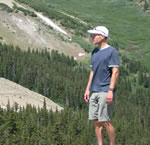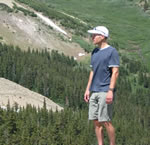
Related:
 The Young Guns
The Young Guns
 Athletes at Altitude: IRONMAN 70.3 Texas, XTERRA West
Athletes at Altitude: IRONMAN 70.3 Texas, XTERRA West
 2022 USA Triathlon Collegiate Club National Championships Set for Friday and Saturday
2022 USA Triathlon Collegiate Club National Championships Set for Friday and Saturday
 IRONMAN World Championship to Hold Dedicated Women’s and Men’s Race Days in 2022 and 2023, Creating More Qualifying Spots
IRONMAN World Championship to Hold Dedicated Women’s and Men’s Race Days in 2022 and 2023, Creating More Qualifying Spots
 2020 IRONMAN World Championship and IRONMAN 70.3 World Championship Are Postponed Due to Covid-19 Pandemic
2020 IRONMAN World Championship and IRONMAN 70.3 World Championship Are Postponed Due to Covid-19 Pandemic


